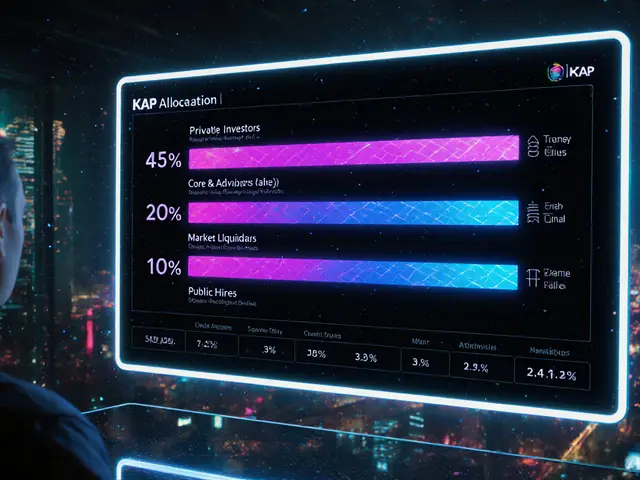VARA Capital Requirements – What You Need to Know
When working with VARA capital requirements, the minimum financial buffers that crypto service providers must hold under the Virtual Asset Regulation Act (VARA). Also known as VARA capital rules, it protects investors and reduces systemic risk by forcing firms to keep enough capital on hand. Effective risk management, processes that identify, measure, and mitigate potential losses is a core component of VARA capital requirements. Crypto licensing, the official permission to operate a digital asset service cannot be granted without meeting the capital thresholds, and financial reporting, regular disclosure of assets, liabilities and capital adequacy becomes mandatory once a license is issued. In short, VARA capital requirements tie together risk management, licensing and reporting to create a sturdy compliance framework.
Key Components of VARA Capital Rules
The act defines three main attributes for the capital buffer: minimum amount, quality of assets, and ongoing monitoring. The minimum amount, often expressed as a percentage of the firm’s total exposure varies by business model – custodians need more than simple wallet providers. Asset quality, which assets count as eligible capital (e.g., cash, government bonds) affects how quickly a firm can meet the threshold. Ongoing monitoring is enforced through stress testing, scenario analyses that check whether capital holds up under market shocks and regular audit trails, documented proof that capital calculations are accurate. These three attributes form a semantic triple: VARA capital requirements encompass minimum amount, require high‑quality assets, and mandate continuous stress testing.
Implementation steps start with a gap analysis. Firms map their current balance sheet against the VARA thresholds, then adjust capital sources – either by raising equity, securing low‑risk debt, or reallocating existing assets. Next, they set up a liquidity management, processes that ensure capital can be mobilized quickly to meet sudden outflows. Ongoing compliance relies on a dedicated regulatory reporting, monthly filings that detail capital composition and changes. Failure to file triggers penalties and can lead to license suspension, a clear example of how regulatory compliance influences capital adequacy. By the time the first reporting cycle is complete, most firms have a clearer picture of their solvency position and can fine‑tune risk limits. This loop – calculate, report, adjust – creates a self‑reinforcing safety net that benefits both the firm and its users.
Why does all this matter for you, the reader? Because the landscape is shifting fast. New jurisdictions are adopting VARA‑like rules, and investors are demanding transparent capital metrics before they trust a platform. The posts below dive deep into specific angles: from how Malta’s licensing framework aligns with VARA buffers, to practical guides on stress‑testing your DeFi protocol, and real‑world case studies of exchanges that upgraded their capital posture after a regulator’s warning. Whether you’re a startup looking for your first license, an established exchange polishing its compliance deck, or a token issuer wanting to understand the capital impact of a new offering, the collection gives you actionable insights you can apply today. Ready to explore the details? Jump into the articles that follow and see how each piece fits into the bigger VARA capital requirements puzzle.




